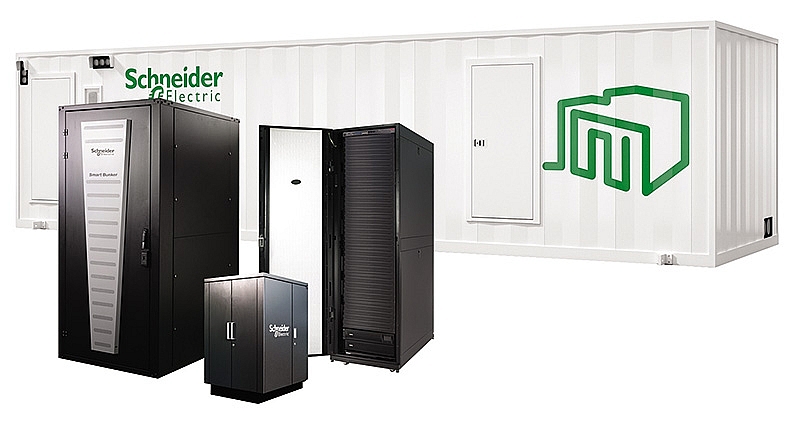Reducing expenses with edge computing
 |
| Reducing expenses with edge computing |
The importance of edge computing
The ever-evolving nature of cloud computing and the Internet of Things (IoT) has changed the way we operate. The global economy is seeing it applied in almost every industry – urban transportation, medical equipment, manufacturing, mining, petroleum, automobiles, home appliances, and many more. Thanks to the IoT, vast amounts of data have been and continued to be created, analysed, and stored in data centres around the world.
Instead of delivering long-range IoT data to data centres or clouds, placing data centres closer to the point of usage, which is known as edge computing, enables businesses to analyse IoT data more quickly by processing information close to where it is generated. This acceleration in speed helps to process and analyse data almost in real time, a factor that many businesses are now looking for. In many cases, such as flying a jet or designing self-driving cars, delays in processing, even just milliseconds, can cause disasters. By reducing the distance over which data is transported before it is processed, edge computing helps to reduce telecommunications latency and bandwidth costs.
Micro-data centres – effective solutions for data resiliency
Advances in computing have spawned a wave of server innovations in the form of edge computing. This platform, which is expected to become the computing architecture of the future, drives many businesses to promptly think about their data centre strategies with options being centralised cloud data centres, regional medium-to-large data centres, and micro-data centres. According to research conducted by Victor Avelar, director and senior research analyst at Schneider Electric’s data science centre, micro-data centres are best suited to support edge computing.
Micro-data centres are scalable to accommodate the needs of any business, minimising latency and reducing the risk of losing information in case of data corruption. The single-rack micro-data centre is a self-contained, secure computing environment that includes necessary power, cooling, security, and associated management tools for storing, processing, and networking, crucial for application operations.
Schneider Electric, leading the digital transformation of energy management and automation, provides micro-data centres with flexible data solutions.
The biggest advantage for businesses when using a micro-data centre is that it reduces capital expenses by 42 per cent compared to a centralised data centre, due to the removal of costs for materials, labour, as well as design.
Furthermore, if fire suppression was taken out of the equation, the overall savings would increase to 48 per cent. This is because the cost for a pre-action sprinkler system in a traditional data centre is significantly lower than the cost of the NOVEC clean agent system used in a micro-data centre.
Specifically, the capital expense for building a traditional single centralised data centre rated for 1 megawatt of IT load is $6.98 million or $6.98 per watt. Meanwhile, the capital expense of 200 5-kilowatt micro-data centre is $4.05 million or $4.05 per watt.
For those industries in need of sharing and analysing an increasing amount of data such as retailers, manufacturing, and telecommunications, Schneider Electric has helped to address the customers’ challenges of latency, bandwidth, and data processing speed.
What the stars mean:
★ Poor ★ ★ Promising ★★★ Good ★★★★ Very good ★★★★★ Exceptional
 Tag:
Tag:
Related Contents
Latest News
More News
- Sao Do Group gears towards energy savings (December 07, 2023 | 12:01)
- Vice President Vo Thi Anh Xuan visits Copenhagen Infrastructure Partners headquarters (November 23, 2023 | 10:37)
- A wind turbine tower collapses in China (November 20, 2023 | 19:36)
- Vietnam has massive potential for offshore wind energy (March 17, 2023 | 16:29)
- Rooftop solar event entices EPC contractors and investment funds (March 09, 2023 | 07:50)
- GreenYellow acquires 49.5MWp solar farm of French IPP Qair in Vietnam (November 25, 2022 | 08:00)
- Eaton contributes to Vietnam’s low-carbon economy (November 20, 2022 | 19:00)
- Proposals to promote Vietnam's energy transition (November 12, 2022 | 22:02)
- How intelligent lights make cities smarter, safer and greener (November 04, 2022 | 09:00)
- ACCV’s first battery storage project with Motul in Vietnam (October 10, 2022 | 12:23)





















 Mobile Version
Mobile Version